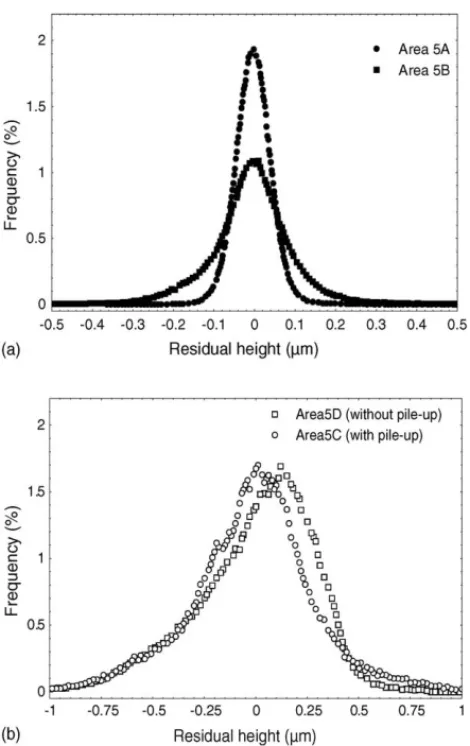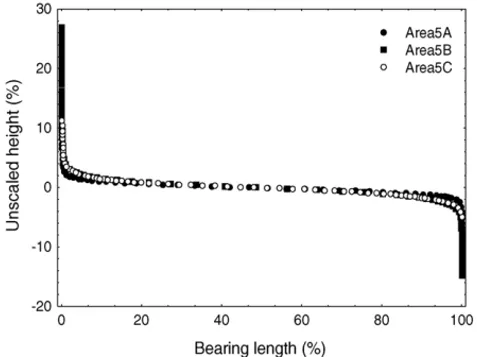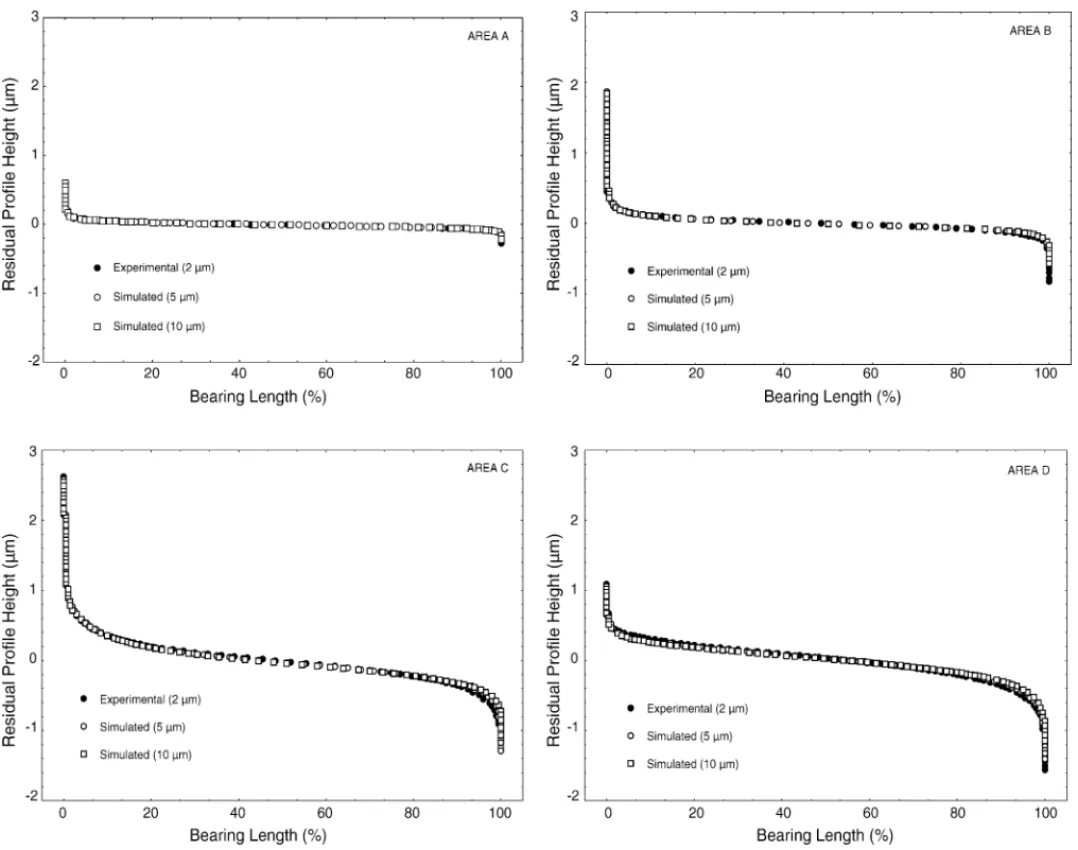Identification of scratch mechanisms on a retrieved metallic femoral head
Texte intégral
Figure
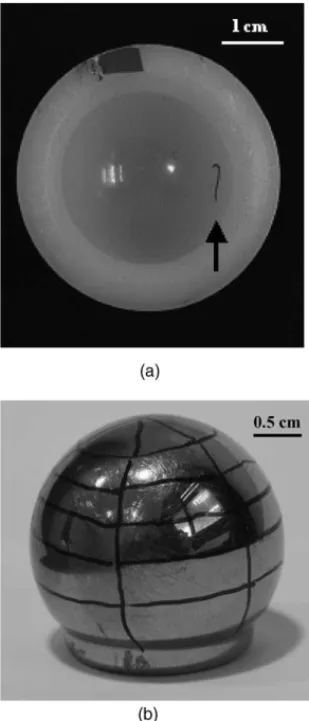
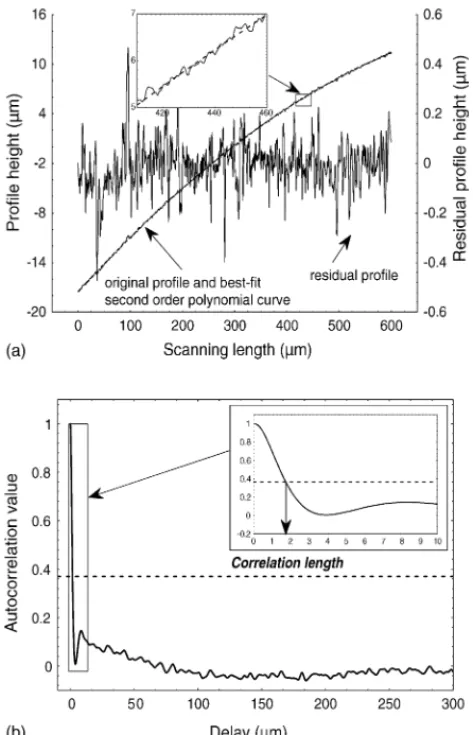

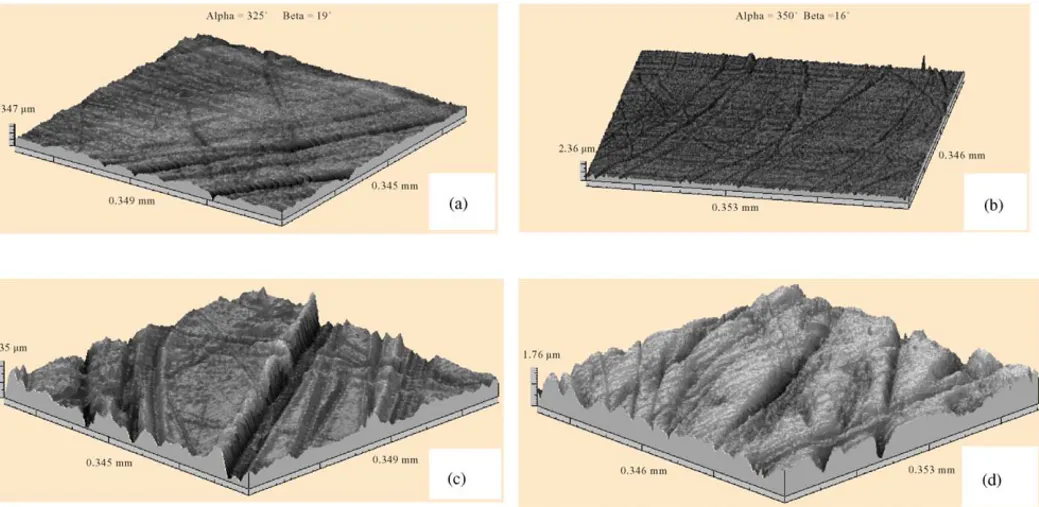
Documents relatifs
The connection between information theory and social welfare is established by exploiting the close relationship between entropy measures (based on probability distributions)
In the present work 1 , we propose a nonparametric testing framework in which we develop a generalized likelihood ratio test to perform curve registration.. We first prove that,
In order to check that a parametric model provides acceptable tail approx- imations, we present a test which compares the parametric estimate of an extreme upper quantile with
In this paper we present the identification of parameters in the flux and diffusion functions for a quasilinear strongly degenerate parabolic equation which models the
Other possible predisposing factors described in association with aseptic necrosis of the femoral head [l-3,5-7].. Gaucher
Table 4 presents simulation results on the power of tests for the Singh- Maddala distribution. The values given in the table are the percentage of rejections of the null H 0 : x ∼ SM
DK use the results for z~ to compare the asymptotic power of z with that given by the best test when the shift is one of either mean only or. variance
Looking for a mathematical modelling of the parametric roll, we first consider a model based on one ordinary differential equation describing isolated rolling motion with the
